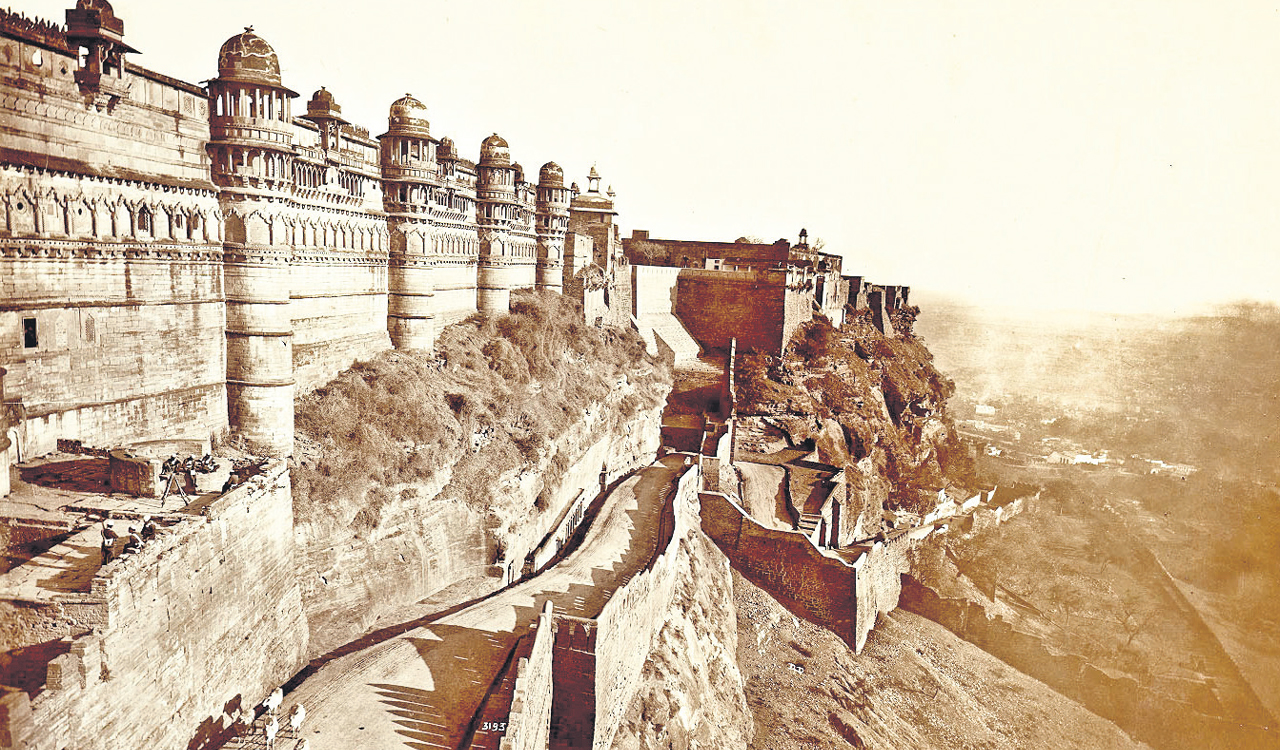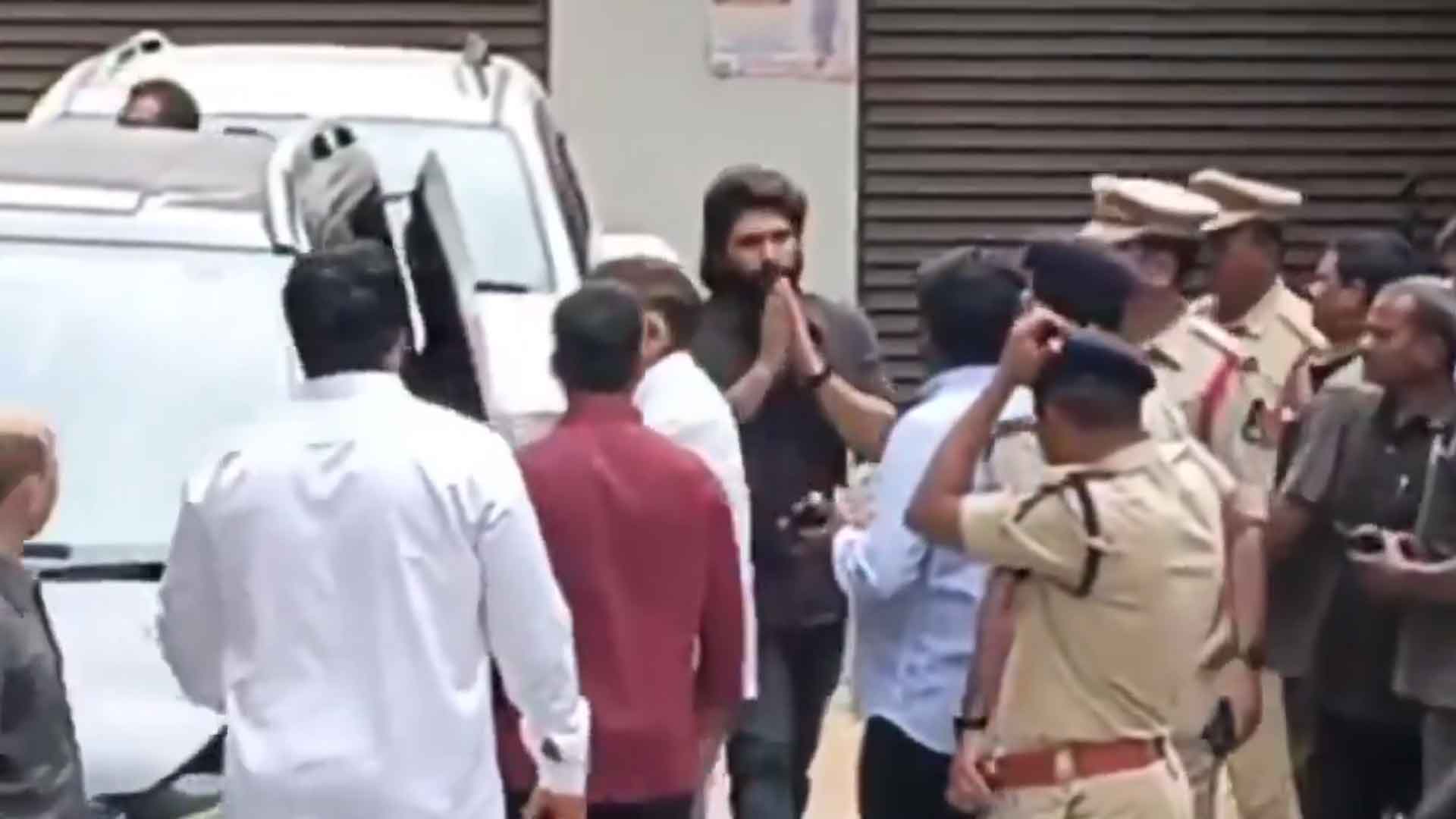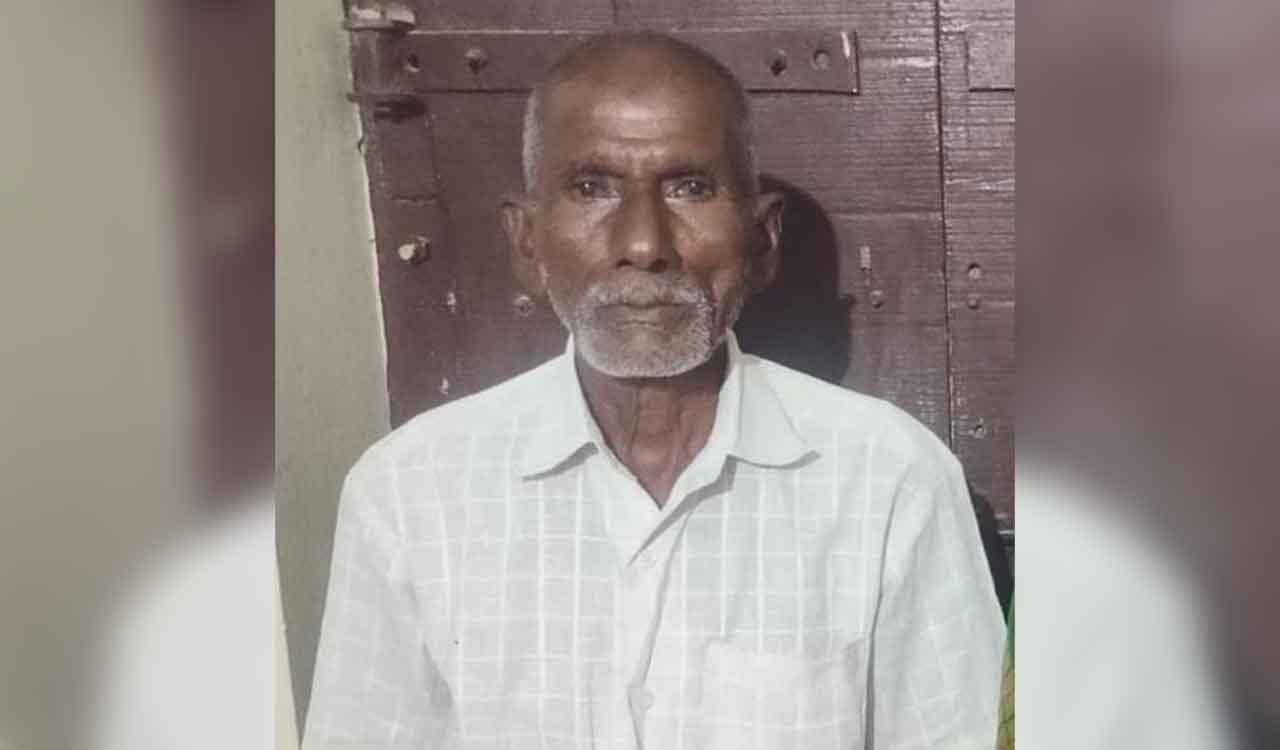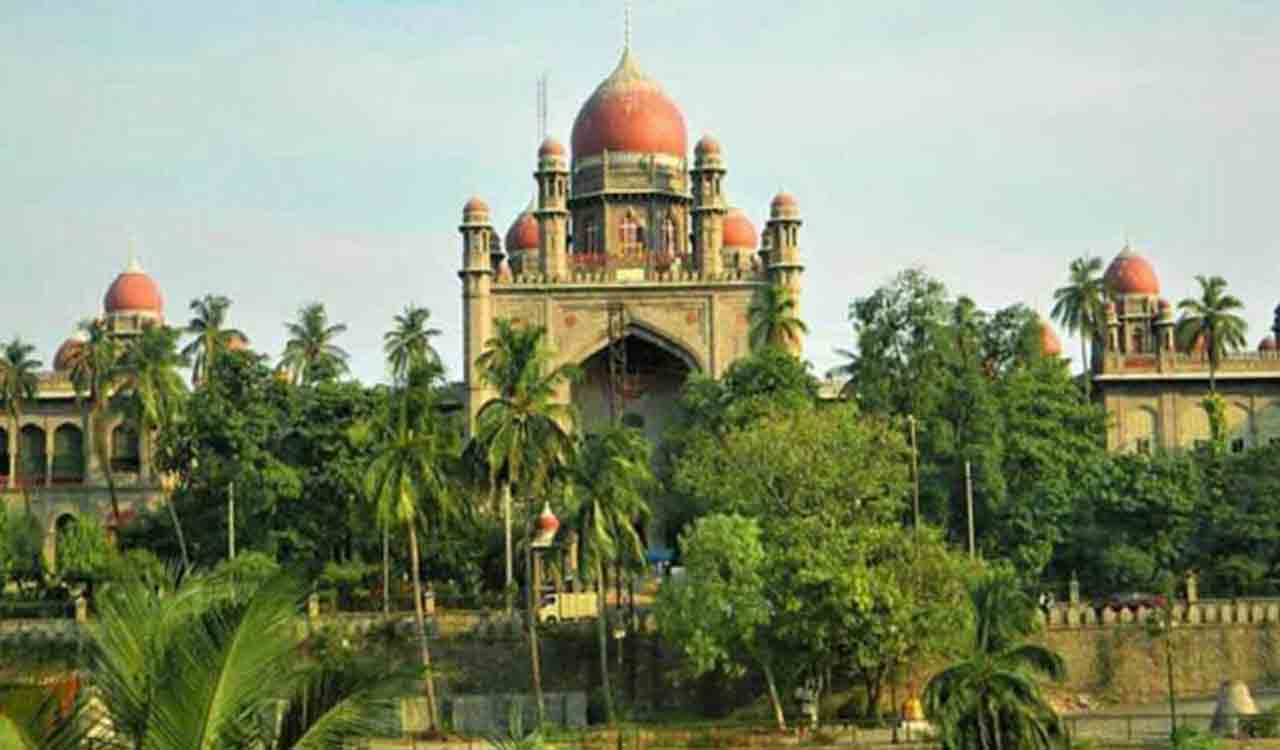Rewind: Frozen in Frames
The pioneer of Indian photography, Raja DeenDayal’s legacy goes back to the days when photography arrived in India in the 1840s

By N Shiva Kumar
Men may come and men may go but for some extraordinary people, their profound skills speak more than their personalities. One such unique personality who pursued his passion to the hilt was LalaDeenDayal, later conferred with the title Raja DeenDayal. He passed away more than 100 years ago, in 1905, but his legacy of profound photography is discussed and debated even today.
His immense love for photography brought glory during his lifetime and much more after his demise. He was even gifted swathes of land in various parts of the country like Indore, Hyderabad and Bombay purely based on his exemplary skill sets in making images.
- Some of DeenDayal’s enduring photographs are the Nizam-VI posing with two large tigers killed during a hunt in Madanapally Forest, 540 km from Hyderabad, on 6th May 1894
On World Photography Day, 19 August, let us look at his exceptional quest for the best in documenting incredible India. Sadly, those vast natural landscapes with incredible monuments and enduring vistas have now quietly vanished. Yet the aura and authenticity of Indian sceneries live and resonate in the 1,000s of photographs taken by him. He was an ardent follower of the dictum: “if my mind can conceive it, and my heart can believe it, then I can achieve it”.

One of his iconic photographs of the Gwalior Fort in Madhya Pradesh. This photograph is still regarded as one of the best, showing the magnitude of the massive fortification
Photography arrived in India in the 1840s, yet it wasn’t until 1874 that an Indian would rise to prominence in this emerging art form. Coincidently, LalaDeenDayal was born in the early 1840s, just as photography was born in the Indian continent. Brought up in a family of jewellers in Sardhana, Meerut, about 85 km northeast of New Delhi, he was always curious and creativity hounded him all his life. Sardhana, a small sleepy town, was and is still famous for its stunning basilica, which was built in 1822, where DeenDayal grew up watching the benevolent Britishers. He became the first Indian to make a significant mark in the world of photography, not just in India but in Europe and the US. His journey from a draughtsman to a celebrated photographer is a tale of unflinching appetite to learn, dexterity to deal with dignitaries, and perseverance to pursue that mirrors the complex history of India itself.
Calling the Shots
LalaDeenDayal graduated from the Thompson College of Civil Engineering at Roorkee, (now IIT Roorkee), in 1866. He started his career as a junior draughtsman in the Public Works Department in Indore. During his time as a draughtsman, Dayal developed a fascination with photography-with-topography, as he combined his work as a surveyor and cameraman. The medium was still in its infancy, and the glass-plate technology, which preceded photographic film, was the primary method for capturing images. He began photographing the architectural marvels of India, and his work quickly caught the attention of those around him, particularly the high and mighty.
- His photo of an entire cavalry of elephants, horses and camels crossing the Musi in Hyderabad cleverly depicts trooping movement on marching with might
Raja DeenDayal made the bold decision to pursue photography full-time. At a time when the art was dominated by British photographers, particularly those documenting India’s vast architectural heritage, DeenDayal’s entry into the field was groundbreaking. His first royal patron was Maharaja TukojiRao of Indore, who, along with Sir Lepel Griffin, the agent to the Governor-General of the Central Provinces, recognised Dayal’s potential. With their encouragement, he set up his first studio in Indore, around 1874, and began to hone his craftsmanship of creating nostalgic images. He had stiff competition from real-life painters, portraitists and other artists.
The support from influential patrons was crucial, as photography was an expensive and complex art form. The Maharaja of Indore and the British provided not only financial support but also opportunities for Dayal to travel and document various sites across Central India. As he travelled the territories of Gwalior, Datia, Rewa, Ujjain, Mandu, Jhansi, Orchha, etc, he assembled a series of carefully composed views of each region. He photographed landscapes, railways, palaces, historical monuments, and even the local rulers with their entourages. This period of travel and exploration led to the creation of a vivid portfolio of 89 photographs titled Famous Monuments of Central India, which solidified Dayal’s reputation as an accomplished photographer with exemplary acumen.
Royal Commissions
Dayal’s work soon caught the attention of the British royal family. In 1887, he was commissioned to produce a portrait of the Prince of Wales, an assignment that marked a turning point in his career. His exceptional skills in using light, finding unique angles and mastering the rudimentary equipment of the time earned him the prestigious Royal Warrant with the title of ‘Photographer to Her Majesty the Queen [Victoria].’ This recognition from the British monarch was a significant achievement for an Indian photographer in a field dominated by the British and Europeans.
- In 1887, he was commissioned to produce a portrait of the Prince of Wales, an assignment that marked a turning point in DeenDayal’s career
Dayal’s clientele grew to include not only British colonial elites but also Indian royalty in various kingdoms. The Maharaja of Indore was so impressed with Dayal’s work that he granted him an estate, providing a steady source of income that allowed him to focus solely on his proven credentials for astute and audacious photography.
The Hyderabad Years
In 1884, Dayal’s career took another significant turn when he was appointed as the official court photographer to the sixth Nizam of Hyderabad, Mir Mahboob Ali Khan. This position was highly coveted and came with its own set of challenges, as Dayal had to compete with several skilled European photographers who were already established in the Nizam’s court. He also had to fence off many watercolourists and oil-on-canvas painters who have long been at the behest of Nizams, chronicling various events in the Deccan
Despite the rivalry, Dayal excelled in his role, capturing the grandeur of the Nizam’s court, its opulent palaces, and the intricate details of its architecture. His work was so highly regarded that the Nizam conferred him the title of ‘Raja’, a rare honour for a photographer. It was on 6 July 1894, about 130 years ago, that he received the title of ‘Raja BahadurMusavvir Jung’ from HH Nizam VI. The Nizam even composed a couplet in Urdu in praise of Dayal:
in the art of picture making, skilled, surpassing all. A master, even of masters is LalaDeenDayal
Innovation and Legacy
Dayal’s contributions to photography extended beyond his role as a court photographer. He was an innovator. His studios in Indore, Secunderabad and Mumbai produced an estimated 35,000-plus photographs, covering a wide range of subjects, from monuments to mountains and events to portraits of royalty and commoners. Regrettably, many of them were lost forever as society did not know how to handle ‘glass-negatives’.
One of the most fascinating aspects of Dayal’s work was his approach to photographing women. At a time when strict social codes governed the visibility of women, especially in photography, Dayal established a zenana studio dedicated solely to photographing women. He even employed a female photographer, albeit a foreigner, to manage this studio, allowing him to capture a diverse array of portraits across the class divide.

Dayal’s portraits are particularly notable for their ability to convey candidly the lifestyle, fashion, and social hierarchies of the time. His use of three-dimensional perspectives, particularly in his photographs of Hyderabad’s streets around the Charminar, added depth and grandeur to his images. By the 1890s, panoramic views had become common, and Dayal used this technique to great effect in documenting the architecture of the Nizam’s vast kingdom.
Lasting Impact
Despite his success, Dayal’s later years were marked by struggles, as he lost two of his sons and his wife in quick succession, to maintain his marvellous photographs. After his death in 1905, his son Gyan Chand continued his photographic legacy until his untimely death in 1917. It was DeenDayal’s youngest grandson, Ami Chand who revived the glorious photographic legacy of this grandfather and won back the state patronage from the VII Nizam. The family managed to preserve the important parts of the vast treasure trove of photographic archives.
- Dayal established a zenana studio dedicated solely to photographing women and even employed a female photographer to manage this studio
In 1989, the Indira Gandhi National Centre for the Arts (IGNCA) acquired 2,857 glass-plate negatives from Dayal’s family collection, preserving a crucial part of India’s visual history. Today, Dayal’s great-great grandson Vikas Chand is deeply mindful of the unique legacy which four generations of continuous photographic output have created. He is currently working with a goal to preserve and make accessible the rich visual repository to the photography community and the public at large.
Raja DeenDayal was not only the first Indian photographer to gain international recognition but was also a master of his craft who left behind a rich visual documentation of 19th-century India. His photography legacy is still pursued and used as a reference and research for accuracy in narratives created in today’s world. Most recent examples were the use of his photos as reference material during the massive renovation of TajFalaknuma Palace and in the repair work of seven tombs of QutubShahi rulers, both in Hyderabad.
Progression of Photography
From the humble beginnings of the pinhole camera to today’s AI-driven imaging, photography has evolved beyond imagination. What started in the 5th century BC as a basic concept, found its first leap with Louis Daguerre’s 1839 invention, capturing images on metal/glass plates but requiring tedious exposure times. The late 19th century welcomed George Eastman’s Kodak, which brought photography to the masses, and the 1920s saw 35mm film becoming the norm.
The digital revolution of the 1990s introduced DSLR cameras, combining traditional optics with digital precision. The 21st century has seen mirrorless cameras and advanced smartphone lenses, making photography accessible and instant. Now, with AI, the camera itself is optional, pushing the boundaries of what’s possible and impossible.
(The author is an independent journalist and documentary wildlife photographer)
Related News
-
Cartoon Today on December 25, 2024
1 hour ago -
Former Home Secretary Ajay Kumar Bhalla appointed Manipur Governor, Kerala Governor shifted to Bihar
2 hours ago -
Opinion: The China factor in India-Nepal relations
3 hours ago -
Editorial: Modi’s Kuwait outreach
3 hours ago -
Kohli and Smith will be dangerous and hungry: Shastri
4 hours ago -
Sharvari shares her TBR list of romantic book titles, suggested by fans
4 hours ago -
Khammam Congress gaffe: Union Home Minister Amit Shah made ‘Defense Minister’
4 hours ago -
Couple held for theft in Hyderabad
4 hours ago




